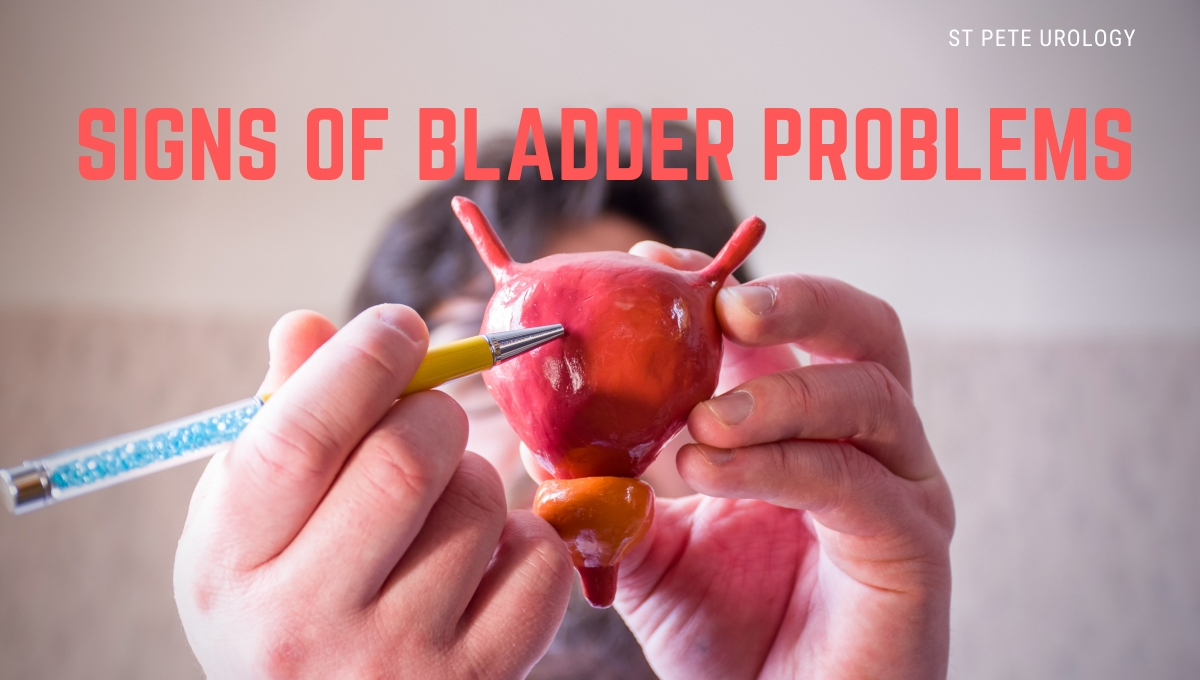Discover the warning signs of bladder problems and learn effective treatment options. Expert urological care from St. Pete Urology’s board-certified urologists in Florida.
Continue reading7 Tips for Maintaining a Healthy Bladder
Discover 7 expert healthy bladder tips from St. Pete Urology’s board-certified urologists. Learn proper hydration, diet, and habits to maintain optimal bladder health.
Continue readingIs Your Bladder Healthy? Key Signs to Look Out For
Recognizing the key signs of a healthy bladder is important to monitor its condition and seek medical advice when necessary.
Continue readingAddressing Overactive Bladder in Men and Women with St. Pete Urology
What is normal urinary bowel control?
Dr. Nicholas Laryngakis talks about bowel and bladder control in regards to what is normal and what isn’t. Learn more here.
Continue readingWhy Do I Pee So Much
Signs of Bladder Problems
 Bladder problems are very common and can range from mild issues like a urinary tract infection to life-threatening conditions such as bladder cancer. It is important to be aware of your bladder health and symptoms that can indicate a problem so you can seek prompt medical treatment when needed.
Bladder problems are very common and can range from mild issues like a urinary tract infection to life-threatening conditions such as bladder cancer. It is important to be aware of your bladder health and symptoms that can indicate a problem so you can seek prompt medical treatment when needed.
Problems With Urination
Urinary incontinence and urinary tract infections, or UTIs, are both common problems that affect millions of people every year.
If you experience leaking urine during activities like coughing, laughing or bending over; if you feel sudden, strong urges to go to the bathroom but do not always make it in time; or if you wet the bed at night, you may be suffering from a bladder issue causing urinary incontinence. It is important to discuss these symptoms with your doctor, who can help find solutions so you enjoy a better quality of life.
If you are experiencing a burning sensation during urination, a frequent urge to go, cloudy urine or a fever, you might have a UTI. A physician can determine the best route to deal with it, most likely involving antibiotics, to clear up the infection before it can spread to the kidneys and become more serious.
Pain In The Bladder
If you have been experiencing issues with the urinary tract for more than six weeks without signs of an infection, and if there is also pain and a feeling of pressure in the bladder area, you might be dealing with interstitial cystitis. This is a chronic health condition that can range from mild to severe. Every case of IC is different, so your doctor will work closely with you to reach a diagnosis and determine a treatment plan.
Warning Signs Of Bladder Cancer
The first sign of bladder cancer is usually blood in the urine, also known as hematuria. Sometimes the blood is not visible and will only be noticeable during urinalysis performed as part of a physical exam. Other times, enough blood may be visible to tint the urine pink, orange or dark red. Blood in the urine also can be a symptom of other serious issues such as kidney stones or an infection.
Other signs of bladder cancer can include indications of less severe bladder problems, such a frequent urge to go, a burning sensation during urination, or difficulty relieving yourself. Symptoms of more advanced bladder cancer include an inability to urinate, lower back pain, swollen feet or bone pain.
Whenever you experience new symptoms or difficulties with your urinary system, it is important to contact your doctor as soon as possible. The urologists at St Pete Urology are here to help with bladder problems of all kinds so you can live your happiest, healthiest life. For more information, visit the St Pete Urology website.
Artificial Sphincter for Male Incontinence
Male incontinence is rarely life-threatening, but it often hampers a normal lifestyle. It may result in damp undergarments, skin rashes, skin irritation, limited physical activity, reduced social contacts and relationships, and even male impotence or diminished interest in sex. The urologists at St Pete Urology can prescribe one of many different treatments for male incontinence, including medications, biofeedback techniques and exercise programs. However, for patients who do not respond to these treatments, the surgical implantation of an artificial sphincter is the best option. Urologists will carefully evaluate the patient before recommending an artificial sphincter. [Read Full Article…]
Common Causes of Testoterone Deficiency
Testosterone deficiency affects male sexuality adversely because of the important roles that androgenic hormones play in the body. For instance, normal levels of testosterone help in maintaining a healthy mood, sexual desire, fertility and normal energy levels. Depending on age, low testosterone levels can lead to male impotence, bone and muscle development abnormalities and underdeveloped genitalia. Testosterone deficiency has been reported in alarmingly high numbers of males. In the United States alone, over 13 million men experience testosterone deficiency, but less than 10% of these men receive treatment for the disorder. Many studies have revealed that diabetes, hypertension and obesity increase the risk of testosterone deficiency in men. [Read Full Article…]

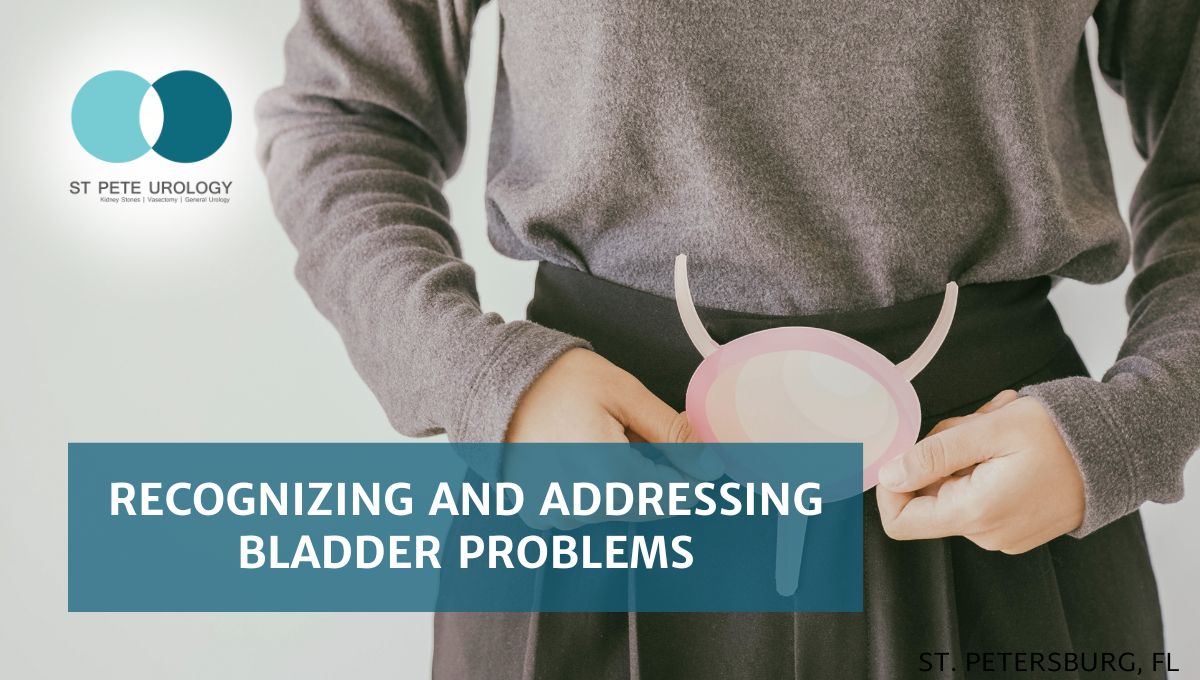
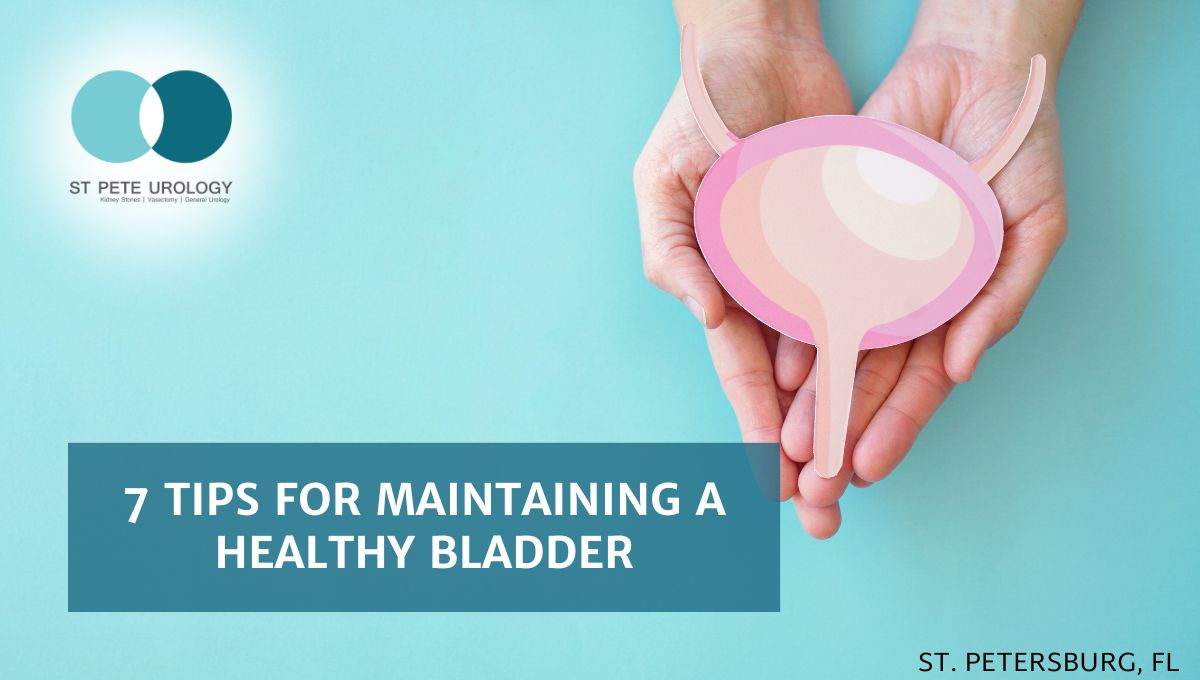
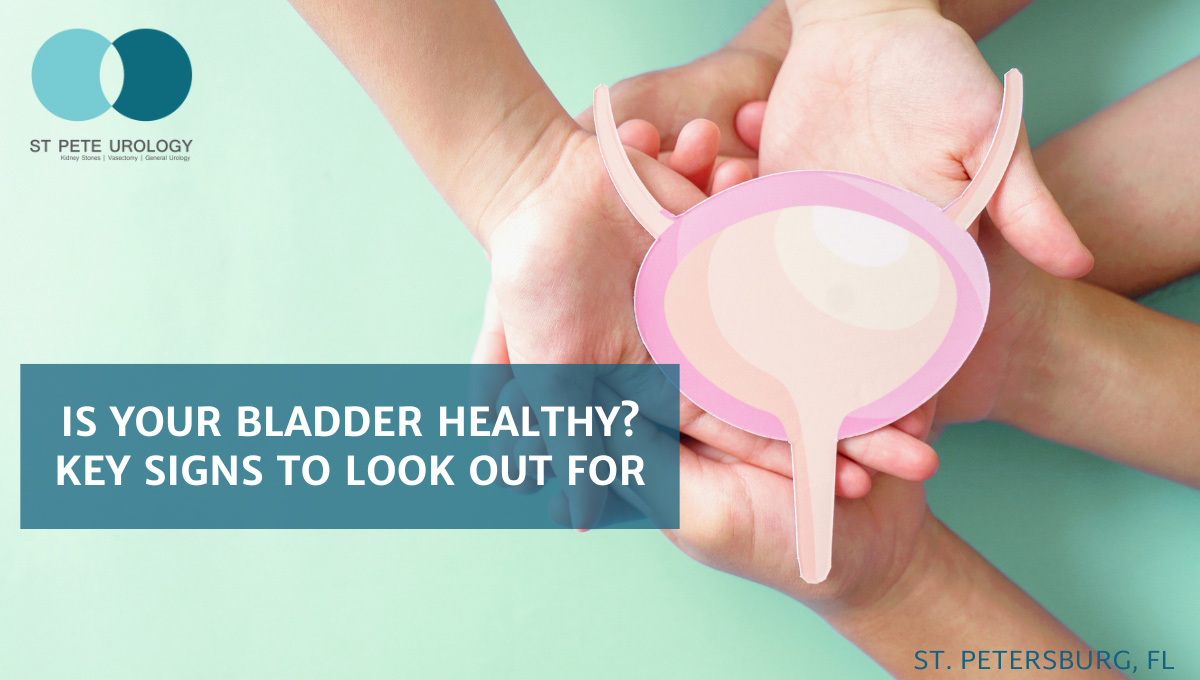
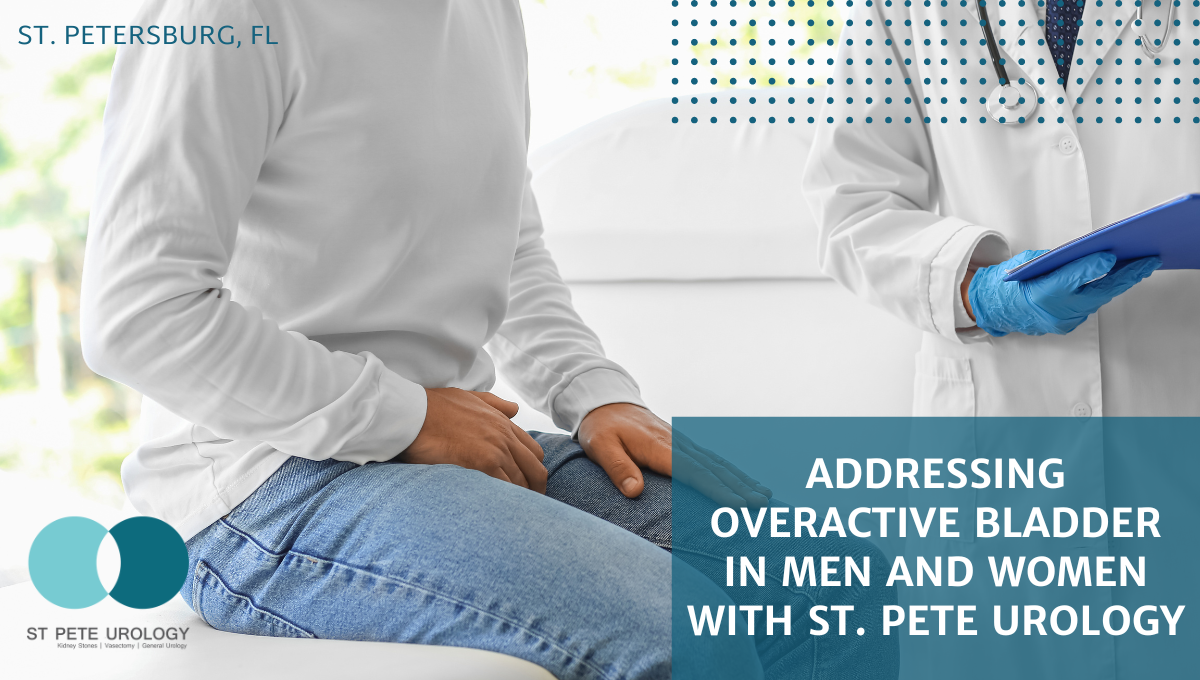
 Consider this: Your plans, whether you’re attending social gatherings or even mundane tasks such as grocery shopping, are dictated by the proximity of a restroom. An
Consider this: Your plans, whether you’re attending social gatherings or even mundane tasks such as grocery shopping, are dictated by the proximity of a restroom. An 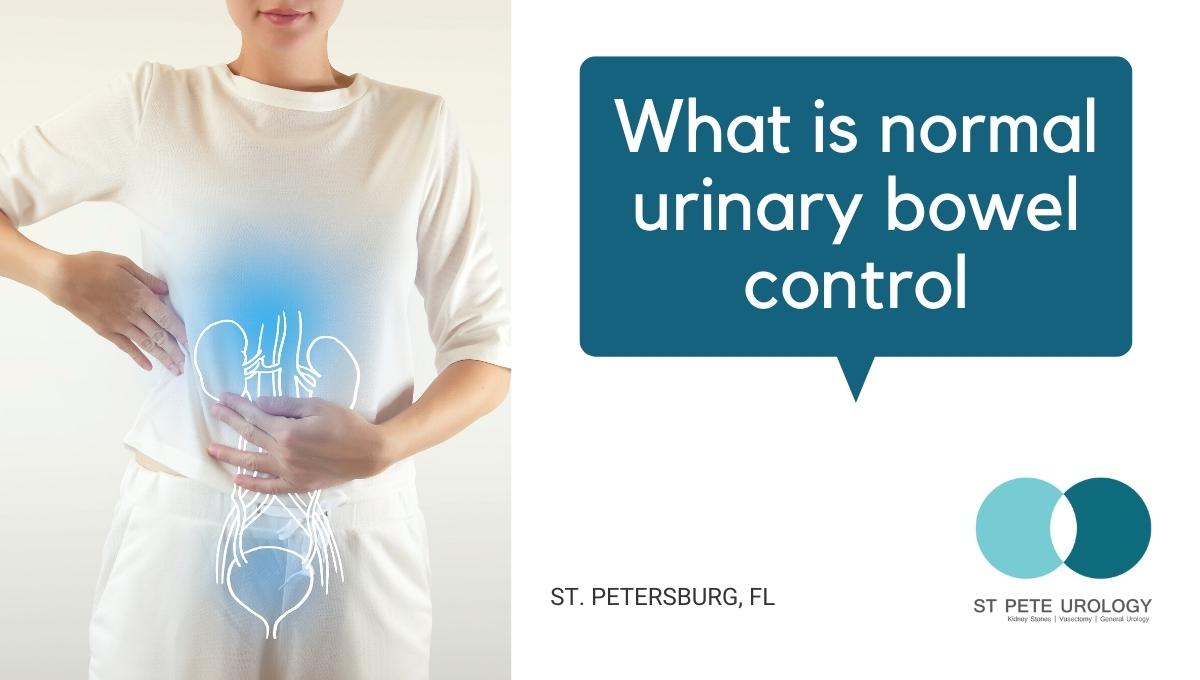
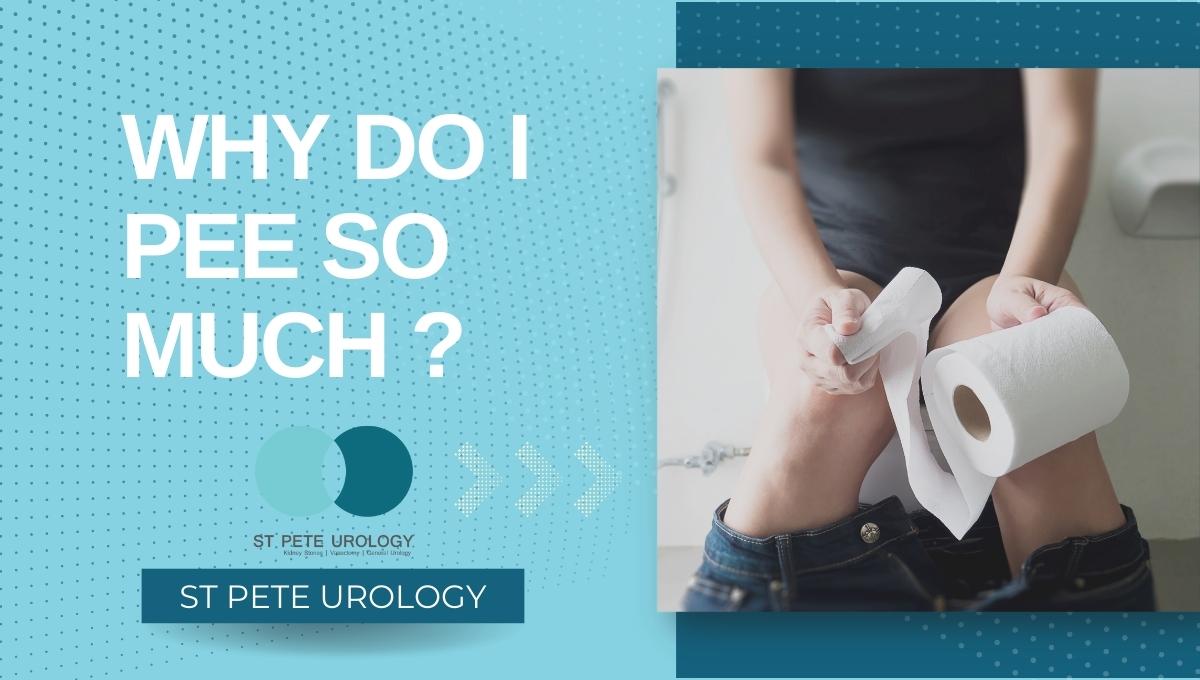
 Peeing can be an inconvenience when it gets more frequent and urgent.
Peeing can be an inconvenience when it gets more frequent and urgent.